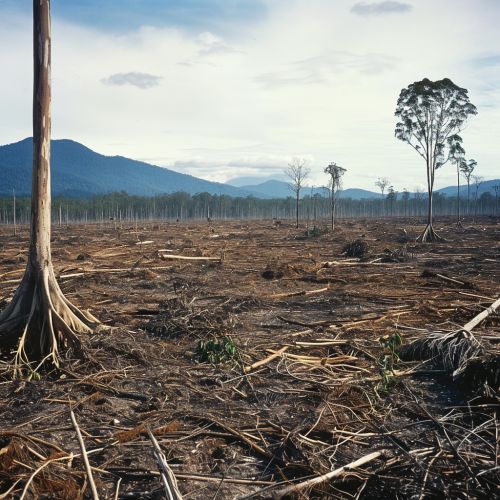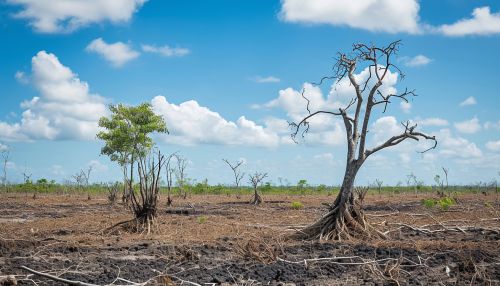Human Impact on Birds
Introduction
Human impact on birds refers to the anthropogenic influences that have altered the populations and habitats of wild bird species. The effects are manifold and include habitat destruction, pollution, hunting, and the introduction of non-native species. These factors have led to a rapid decline in bird populations and the extinction of many species.
Habitat Destruction
Habitat destruction is one of the major factors contributing to the decline in bird populations. As humans continue to expand their settlements, forests, wetlands, and other natural habitats are being destroyed to make way for agriculture, industry, and housing. This leads to the loss of nesting sites and food sources for many bird species.


Pollution
Pollution, both chemical and noise, also has a significant impact on bird populations. Chemical pollutants such as pesticides, heavy metals, and plastics can contaminate bird habitats and food sources, leading to poisoning and death. Noise pollution from human activities can disrupt bird communication and breeding behaviors, leading to population declines.
Hunting
Hunting, both legal and illegal, has led to the decline and extinction of many bird species. Overhunting for sport, food, or the pet trade can rapidly deplete bird populations and disrupt ecosystems. In addition, hunting can indirectly impact bird populations by causing stress and disrupting breeding behaviors.
Introduction of Non-native Species
The introduction of non-native species, either intentionally or accidentally, can have devastating effects on bird populations. These invasive species can outcompete native birds for resources, prey on them, or introduce diseases to which the native birds have no immunity.
Conservation Efforts
In response to the human impact on birds, numerous conservation efforts have been undertaken. These include the creation of protected areas, the implementation of hunting regulations, and the development of breeding programs for endangered species. However, these efforts often face challenges such as lack of funding, political opposition, and the ongoing pressures of human population growth and development.
